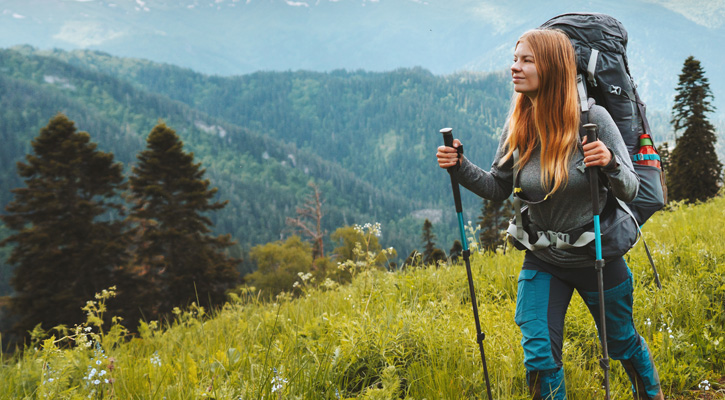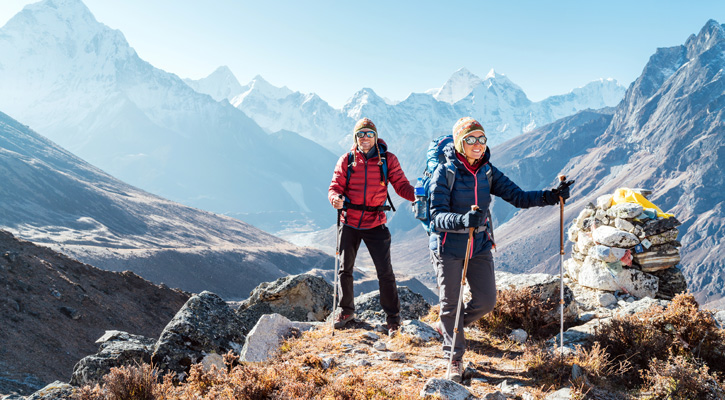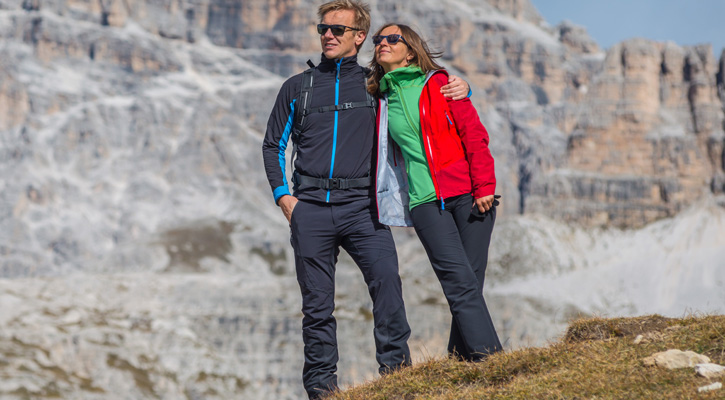
Hiking pants can be surprisingly expensive, leaving many to wonder why they cost so much. The price is often due to the materials and technology that go into making them.
High-quality fabrics and special construction make them resilient against weather conditions and rough terrain.
When you invest in a pair of hiking pants, you get advanced features. These include quick-drying fabrics, built-in UV protection, and reinforced stitching.
These materials keep you comfortable and safe on your outdoor adventures.
Durability is another factor that adds to the cost. The pants are designed to last through countless hikes and rough use. This means fewer replacements and better value over time.
Choosing the right hiking pants is an investment in both your comfort and your safety.
Overview of Hiking Pants Market
The hiking pants market is influenced by several factors that affect pricing and availability. As a consumer, you should know that many hiking pants are priced higher due to the specialized materials used.
The video will be loaded from YouTube.com, a third party. If you play it, you accept their terms of service, and their use of cookies.
Materials and Technology
Hiking pants often use materials like nylon, polyester, and spandex. These materials offer durability, flexibility, and water resistance.
Some brands also use tech features, like moisture-wicking or UV protection, which can drive up costs.
Production and Design
The design and production of hiking pants require precise craftsmanship. Many are designed with reinforced seams and extra stitching to withstand tough conditions.
This attention to detail can lead to higher production costs.
Brand Reputation
Well-known brands may charge more for their hiking pants. When you pay more, you’re often paying for a brand’s reputation and a promise of quality.
Market Trends
Sustainable and eco-friendly options are growing in demand. Brands offering these often have higher pricing due to the use of recycled materials and ethical production processes.
Consumer Preferences
The market reflects growing consumer interest in stylish and multifunctional hiking pants. Preferences for versatility add to the complexity and price of these items.
Material Costs and Quality
Hiking pants are often expensive because of the special materials used and the need for them to be durable. These factors make sure your pants last longer while giving you comfort and protection on your hikes.

Specialized Fabrics
Hiking pants use unique materials like nylon and polyester and even blends with elastane or spandex. These fabrics are chosen because they are lightweight, moisture-wicking, and quick-drying.
Nylon is strong and resists tearing, while polyester keeps you dry by moving sweat away from your skin. Some pants have added features like UV protection or water resistance—all of which raise the cost.
These high-tech fabrics also need special processes to produce. This can make them more costly than regular fabrics. Yet, they offer benefits like comfort and better performance.
Using advanced materials ensures your pants will handle the challenges of outdoor adventures.
Durability Requirements
Durable hiking pants need to withstand tough conditions. They face rugged trails, rocks, bushes, and changing weather. This means they must be tear-resistant and long-lasting.
Pants are often reinforced in high-wear areas like knees and seat. Reinforcements might use extra layers of fabric or stronger materials.
Different types of stitching and seams are used to increase strength. Double-stitched seams are common in these pants. All these features add to the cost but provide better protection.
It means you’ll have gear that stays intact for many outdoor trips.
Production and Labor Expenses
Hiking pants often cost more due to significant production and labor expenses. Skilled workers and advanced manufacturing processes ensure the quality and durability you need for outdoor adventures.

Skilled Labor
Creating hiking pants requires a team of skilled workers. These workers are trained to handle specialized equipment and materials.
The expertise of these workers ensures that seams are strong, zippers are durable, and the fabric performs well under stress.
Skilled workers can operate machinery that cuts and assembles the fabric. Workers’ skills reduce errors and increase efficiency which in turn affects the cost.
Training workers takes time and money, which companies invest. Skilled labor is crucial for producing hiking pants that meet performance and comfort standards.
Manufacturing Processes
The manufacturing process involves several complex steps. It starts with selecting high-quality materials like synthetic fibers that are durable and moisture-wicking.
Cutting, stitching, and testing are some of the processes involved.
Machines used in manufacturing are advanced and often automated to maintain precision and consistency. Using specialized tools ensures that each pair of pants meets strict quality standards.
Advanced techniques help improve durability and performance.
Quality control is a significant part of the process. Each pair is inspected for flaws to ensure they meet expectations. This careful attention at each step influences the overall cost, making quality hiking pants more expensive to produce.
Brand Value and Innovation
Hiking pants can cost a lot because of the work and style that famous brands put into them. This involves making new designs and promoting them effectively.
Research and Development
Brands spend a lot of time and money on research and development (R&D) to create new materials and designs. They look for fabrics that can resist water, allow for breathability, and offer flexibility.
Companies test materials in labs and real-world conditions to make sure they stand up to the demands of hiking.
Innovative materials like stretchable fabric or those with UV protection help justify higher prices. R&D efforts result in hiking pants that are lighter, more durable, and comfortable.
This pushes brands to invest continuously in new technology to meet hikers’ needs and stay competitive.
Brand Marketing Impact
Brand recognition plays a big role in the price of hiking pants. Well-known companies often use marketing campaigns to promote their products.
They emphasize the quality and unique features of their hiking pants through advertisements, sponsorships, and collaborations with famous hikers or outdoor events.
High-end brands create an image of exclusivity and reliability. The perception of superior quality and innovation can make you more inclined to purchase these products.
Paying a higher price often means you are investing in a brand known for its advanced materials and thoughtful design, assuring performance and style.
Additional Features and Benefits
Hiking pants often come with special features that make them worth the price. These include weather resistance and functional design, which improve comfort and performance on the trail.
Weather Resistance
One big reason hiking pants can be expensive is their ability to resist weather conditions. Many are made from materials that repel water and block wind. This helps you stay dry and warm in rain or snow.
Some pants even have UPF protection. This shields your skin from harmful UV rays. Others might have a durable water-repellent (DWR) finish. This coating makes water bead up and roll off the fabric.
These features mean you don’t have to worry about sudden weather changes.
Functional Design
Hiking pants are built for function. Many have lots of pockets, giving you space for small gear like maps and snacks. Some use zippers and Velcro to secure your items.
The fit of hiking pants is meant for movement. Stretchy fabrics let you climb or scramble with ease. Many have articulated knees and gusseted crotches, which add mobility. Some pants even zip off into shorts, providing versatility on warm days.
These details make hiking pants both practical and comfortable.
Import Duties and Shipping Costs
When buying hiking pants, import duties can make a huge difference in price. These fees are taxes that countries charge to bring goods across borders.
They vary depending on the country, and some countries charge more than others.
Shipping costs also add to the final price. These include both the shipping from the manufacturer to the retailer and then to your home.
If you’re ordering from a retailer in a different country, the shipping can be quite high.
These costs can be a mix of flat fees and percentage-based charges. For example:
| Fee Type | Example Cost |
|---|---|
| Import Duty | 10%-20% of product price |
| Shipping Fee | $5 – $30 per item |
When products travel long distances, extra charges from airlines or shipping companies can drive up costs. Sometimes, these costs can be higher than the production costs.
Retailers may include these extra expenses in the price. By doing this, they can cover their expenses and still make a profit.
This is why it might seem like a simple pair of pants costs a lot more than you expect.
Understanding where these charges come from helps explain why prices are high. While you might find similar pants at a lower cost locally, international options often come with these additional costs.
